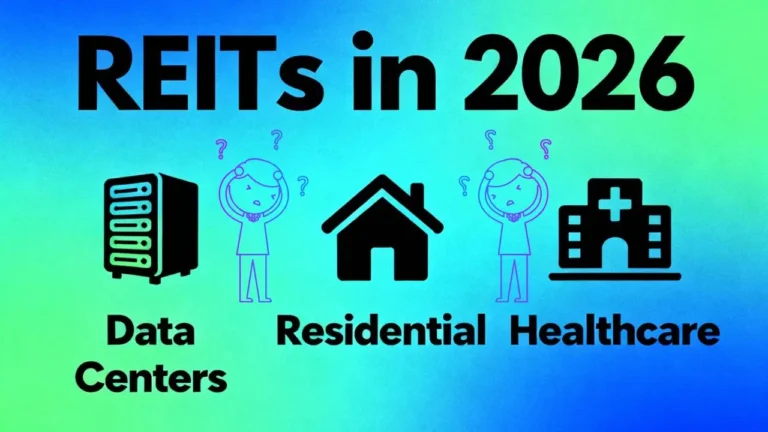For many Americans, the cost of living feels heavier than ever. Rent prices have soared, grocery bills continue to climb, and gas costs can swing wildly from week to week. Yet, even in this environment, saving money every month is still possible — and you don’t need a new job to do it. With a few smart adjustments to how you manage housing, food, and transportation, cutting $300 or more per month from your budget can become a realistic goal.
Learning how to save $300 a month starts with understanding where most of your money actually goes. For most U.S. households, housing, food, and transportation consume the largest chunks of income. By focusing on small but consistent savings in each of these categories — such as negotiating rent, planning meals, and optimizing fuel use — you can make meaningful progress toward your financial goals without drastically changing your lifestyle.
Overview Table: Key Ways to Cut $300/Month
| Expense Category | Key Strategies | Estimated Monthly Savings |
|---|---|---|
| Rent/Housing | Get a roommate, negotiate lease, trim utilities, move to cheaper area | $150–$200 |
| Groceries/Food | Plan meals, buy store brands, use coupons, reduce eating out | $80–$100 |
| Gas/Transportation | Drive efficiently, use fuel apps, carpool, maintain vehicle | $40–$60 |
| Other Adjustments | Cancel unused subscriptions, automate savings, review spending | $20–$50 |
| Total Potential Savings | Combination of small, consistent changes | ≈ $300/month |
Rethinking Rent and Housing Costs
Housing is often the single biggest monthly expense, but it’s also one where creative solutions can deliver significant savings.
Start by evaluating whether you can share your living space. Splitting rent and utilities with a roommate can easily save $150 to $300 a month, depending on where you live. If sharing isn’t possible, consider renegotiating your lease. Many landlords are open to slight reductions or flexible terms if you’re a reliable tenant, especially when the local rental market has vacancies.
Another overlooked approach is trimming utility-related costs. Downgrading high-speed internet plans, removing cable packages, or switching to energy-efficient appliances can reduce monthly expenses by $25–$50. If you’re in a higher-rent neighborhood, exploring nearby areas that are 10–15% cheaper could make a big difference over the course of a year.
Financial experts recommend keeping housing expenses — including rent, renter’s insurance, and utilities — below 35% of your take-home pay. Reaching that target can make your overall budget much more manageable.
Smarter Grocery Shopping and Food Planning
Groceries are a flexible expense, but they can quietly eat up hundreds each month. The key to saving here lies in planning and awareness.
Start with a weekly meal plan and stick to a detailed grocery list. Avoiding impulse buys can reduce waste and keep spending predictable. Store-brand and generic products often offer identical quality at 20–30% lower prices than name brands. Combine this with digital coupons and loyalty programs for additional savings.
You can also save by cooking more at home and eating out less. The cost difference between a homemade meal and restaurant dining can be staggering — cooking at home just three more times per week can free up an extra $60–$100 monthly.
Lastly, focus on minimizing food waste. Freezing leftovers, using perishable ingredients first, and batch cooking not only save money but also time during busy weeks. Together, these habits can help you comfortably trim $100 or more from your monthly food budget.
Reducing Gas and Transportation Expenses
Fuel prices fluctuate, but you still have control over how much you spend. Improving driving habits and maintenance routines can stretch your gas budget further.
Driving smoothly — avoiding sudden acceleration and excessive idling — can boost fuel efficiency by up to 15%. Keeping tires properly inflated and ensuring regular tune-ups also improves mileage and reduces costly repairs later on.
Using fuel apps such as GasBuddy or AAA’s Fuel Finder can help you locate the cheapest gas stations nearby. Many grocery chains also offer loyalty-based fuel discounts that can save you $0.10–$0.30 per gallon.
If possible, carpooling or combining errands into a single trip helps cut unnecessary mileage. Even reducing one or two long drives per week can save $40–$60 a month in gas and wear-and-tear costs.
Tracking and Managing Your Monthly Budget
Savings rarely happen by accident — they’re a result of conscious tracking and small, consistent actions. Start by listing all your recurring monthly expenses. Categorize them into essentials (like rent, groceries, transportation) and non-essentials (like subscriptions, dining out, entertainment).
Use free budgeting tools or apps such as Mint, YNAB (You Need a Budget), or even a simple spreadsheet. Set a fixed “savings goal” line item for $300 per month — and treat it like a bill you must pay yourself. This helps reinforce discipline and gradually builds your emergency or savings fund.
Every 30 days, review your progress. Identify what worked, what didn’t, and where small tweaks can unlock further savings. Over time, you’ll begin noticing how small changes — like meal prepping or using public transportation occasionally — compound into meaningful financial breathing room.
Other Everyday Adjustments That Add Up
Beyond the big three expenses, a few everyday habits can help push your monthly savings even higher.
- Cancel unused subscriptions: Streaming, gym memberships, and premium apps often go unnoticed. Reviewing these every few months can save another $20–$40/month.
- Automate savings: Set up an automatic transfer to your savings account right after payday. This “pay yourself first” habit ensures consistency.
- Avoid lifestyle inflation: When you receive raises or bonuses, keep your spending level steady instead of upgrading every aspect of your lifestyle.
- Buy secondhand when practical: Furniture, electronics, and clothing often have high-quality used options available at steep discounts.
These adjustments might feel minor individually, but together they can make a noticeable difference to your monthly budget and long-term financial stability.
Building Long-Term Financial Habits
Cutting $300 a month is a strong start, but maintaining those savings over time requires mindful financial habits. The best way to stay consistent is to track your progress and celebrate small wins.
When you successfully hit your savings target for three consecutive months, consider increasing it slightly — even $50 more per month adds $600 annually. Allocate these funds toward an emergency fund, debt repayment, or short-term goals like travel or home improvement.
Financial security isn’t just about earning more; it’s about optimizing what you already have. Once your spending habits are in control, you gain flexibility and peace of mind — knowing that your finances support, not limit, your goals.
Conclusion
Saving $300 a month without changing jobs isn’t a far-fetched goal. By strategically addressing housing, groceries, and transportation costs — and reinforcing these with smaller lifestyle tweaks — you can reclaim financial control. The process is about consistency, not drastic sacrifices. Over a year, those $300 monthly savings add up to $3,600 — enough to build an emergency fund, pay down debt, or fund a well-deserved break.
FAQs
Q1: How can I save $300 a month on a low income?
Ans: Start with the essentials: negotiate your rent, cook at home, and use fuel rewards. Even small, consistent cuts in these areas can help you hit that target.
Q2: What is the best way to cut grocery costs?
Ans: Buy store brands, plan meals ahead, and reduce food waste. Combining coupons and loyalty discounts also helps reduce overall spending.
Q3: How can I save on gas without driving less?
Ans: Maintain your car, drive efficiently, and use apps to find the lowest fuel prices. Keeping tires properly inflated can save several dollars per tank.
Q4: What budgeting tools can help track savings?
Ans: Apps like Mint, YNAB, or simple spreadsheets help monitor expenses and visualize monthly savings goals.
Q5: Is it better to move to a cheaper area or find a roommate?
Ans: Both can work — but if you value your current location, sharing your space may offer similar savings without the hassle of relocating.









No Comments Yet
Be the first to share your thoughts.
Leave a Comment